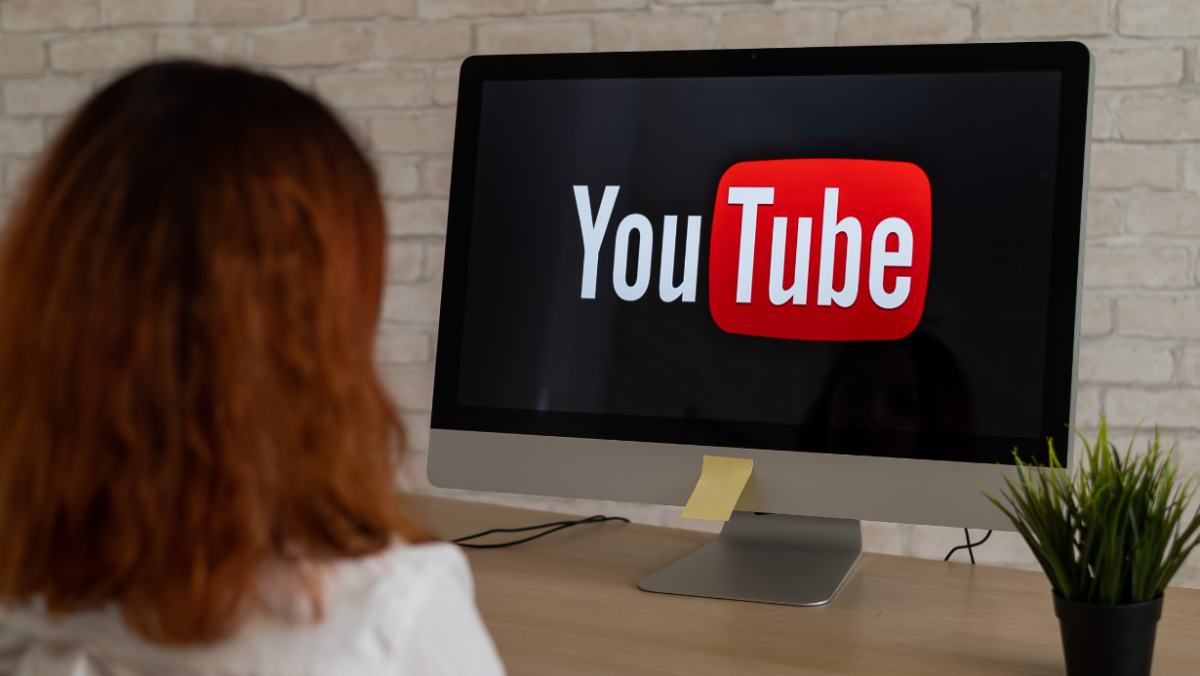From its humble beginnings as a platform for sharing amateur videos to becoming a global phenomenon, YouTube has undergone significant transformations. The journey from its inception to being acquired by Google marked a pivotal shift in the digital landscape.
However, the story doesn’t end there. The evolution of YouTube includes intriguing chapters on monetization strategies, the diversification of content, the emergence of influencers, and the recent foray into live streaming.
But what truly shaped YouTube into the influential powerhouse it is today?
Inception and Early Growth
During its inception and early growth, YouTube rapidly gained popularity as a platform for sharing videos worldwide. You could upload clips of your pets, your travels, or your talents, instantly reaching a global audience. People loved the ease of use and the ability to connect with others through videos. As a user, you could subscribe to channels, like and comment on videos, and share your favorite content with friends and family. The community aspect of YouTube was one of its strongest appeals—you felt like you were part of a vast, diverse network of creators and viewers.
Creators flourished on YouTube, finding their niche and building dedicated followings. You could start with a simple webcam and a creative idea, and soon, you might’ve thousands of subscribers eagerly awaiting your next upload. This democratization of content creation was revolutionary, empowering individuals to share their stories, skills, and perspectives with the world. YouTube became a place where anyone with a camera and an internet connection could become a star.
Acquisition by Google
After its rapid rise in popularity and success as a video-sharing platform, YouTube made a significant move by being acquired by Google. The acquisition took place in November 2006, with Google purchasing YouTube for a staggering $1.65 billion in stock. This acquisition marked a pivotal moment in the history of YouTube, as it provided the platform with the resources and infrastructure of a tech giant like Google.
Being under the umbrella of Google allowed YouTube to access a wealth of expertise, technology, and financial backing. This partnership also enabled YouTube to expand its reach globally and enhance its user experience through various integrations with Google services. Additionally, the acquisition brought about improvements in content moderation, copyright enforcement, and overall platform stability.
The collaboration between YouTube and Google has led to the development of innovative features such as YouTube Live, YouTube Premium, and YouTube Music. These advancements have further solidified YouTube’s position as the leading video-sharing platform, offering a diverse range of content to users worldwide.
Monetization and content diversity
Enhancing revenue streams through diverse content offerings is fundamental to YouTube’s current focus on monetization and content diversity. By providing creators with various monetization options such as ad revenue, channel memberships, merchandise shelf, and Super Chats during live streams, YouTube encourages a wide range of content production.
Creators can tailor their strategies based on audience engagement and preferences, leading to a more dynamic platform. The introduction of YouTube Premium, a subscription service offering ad-free viewing, exclusive content, and offline access, further diversifies revenue streams beyond traditional advertising.
Moreover, YouTube’s algorithm promotes content diversity by recommending videos from various genres, languages, and creators, helping users discover new and engaging content. This not only benefits viewers by expanding their content choices but also enables creators with niche audiences to monetize their content effectively.
In essence, YouTube’s emphasis on monetization and content diversity reflects a commitment to supporting creators and delivering a rich viewing experience for audiences worldwide.
Rise of Influencers and Vloggers
The emergence of influencers and vloggers has revolutionized content creation on YouTube, reshaping the platform’s landscape with authentic and personalized storytelling. These creators have become a driving force behind the platform’s popularity, connecting with audiences on a more personal level than traditional media. By sharing their daily lives, expertise, and unique perspectives, influencers and vloggers have cultivated dedicated communities of followers who eagerly await their next upload.
Influencers leverage their credibility and trust with their audiences to promote products and services authentically, leading to the rise of influencer marketing as a powerful advertising tool. Vloggers, on the other hand, offer a glimpse into their lives through daily or episodic videos, creating a sense of intimacy that viewers find engaging and relatable.
YouTube’s algorithms have also adapted to this trend, promoting videos from influencers and vloggers to cater to user preferences. As a result, these content creators have gained significant influence, shaping trends, opinions, and consumer behaviors across various industries.
Expansion into live streaming
YouTube has ventured into the realm of live streaming, allowing content creators to engage with their audiences in real-time through dynamic broadcasts. This expansion has revolutionized how users interact with the platform, fostering a sense of immediacy and connection. With features like live chat, creators can respond to viewer comments and feedback instantly, creating a more interactive experience.
The introduction of live streaming on YouTube has opened up new opportunities for content creators to diversify their offerings and connect with their audience in a more authentic way. Whether it’s live Q&A sessions, behind-the-scenes glimpses, or real-time event coverage, live streaming adds a layer of excitement and spontaneity to the platform.
Not only has live streaming enhanced the viewer experience, but it has also provided creators with a new avenue to monetize their content. Through features like Super Chat and channel memberships, content creators can now earn revenue during live streams, further incentivizing them to engage with their audience in real time. YouTube’s foray into live streaming has undoubtedly transformed the platform, making it a more dynamic and interactive space for both creators and viewers alike.
Conclusion
You’ve just taken a journey through the history of YouTube, from its humble beginnings to becoming the powerhouse video platform it is today.
Through strategic acquisitions, innovative monetization strategies, and the rise of influencers, YouTube has transformed the way we consume content online.
With the expansion into live streaming, YouTube continues to evolve and adapt to the ever-changing digital landscape.
The future of YouTube looks bright as it remains at the forefront of online video content.










